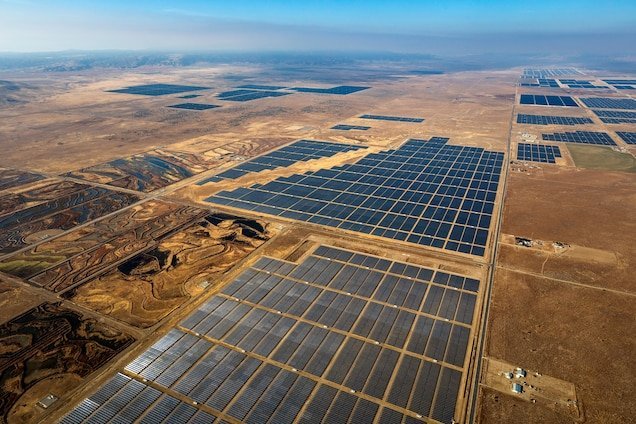Prof. Hernandez featured in National Geographic
Wind turbines and solar arrays produce renewable energy in California's Mojave desert. Renewable energy is critically needed to fight climate change, but some environmentalists worry that rapid buildout without careful siting could endanger threatened species.
PHOTOGRAPH BY DAVID GUTTENFELDER, NAT GEO IMAGE COLLECTION
To fight climate change, cleaner energy sources are desperately needed, but some experts say more should be done to keep untouched desert ecosystems intact.
BY SARAH GIBBENS
A small Nevada wildflower named Tiehm’s buckwheat might still be living in obscurity if it had not happened to grow in soil full of lithium. As it is, that could prove its downfall.
Lithium is needed to make the high-powered batteries that are helping the world transition to electric vehicles. Demand is soaring, and mining companies are eager to take it out of the ground at several new sites in Nevada, already home to the only existing lithium mine in the U.S.
But Tiehm’s buckwheat is rarer than lithium. It grows only on approximately 10 acres of land at Rhyolite Ridge in southwestern Nevada—right where one of the new lithium mines is planned.
“One guy on a bulldozer could drive it extinct in one afternoon,” says Patrick Donnelly, the Great Basin Director for the Center for Biological Diversity and one of the flower’s biggest advocates.

